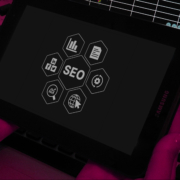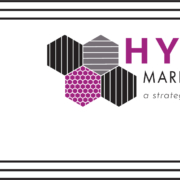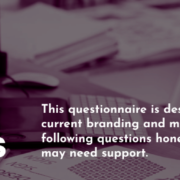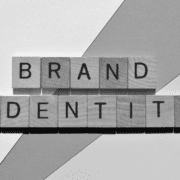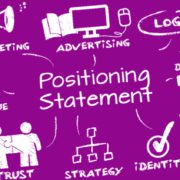Video marketing isn’t just a trend—it’s one of the most effective ways to connect with your audience and differentiate your brand. With attention spans shrinking and competition growing, video allows your business to break through the noise and make a lasting impression.
At Hyve Marketing, we take video production seriously. Our team brings creative direction, industry expertise, and a strategic approach to every shoot to ensure your brand is presented with clarity, purpose, and professionalism.
Why Video Works
Video marketing delivers measurable engagement across platforms. The numbers speak for themselves:
- 72% of customers prefer learning about a product or service through video (HubSpot)
- Social video generates 1,200% more shares than text and image content combined (Wordstream)
- Including video on landing pages can increase conversion rates by over 80% (VWO)
- Brands using video grow revenue 49% faster than those that don’t (Vidico)
Unlike static content, video allows your brand’s personality to come through—whether it’s your leadership team explaining what sets you apart or customers sharing their experiences in real time.
Show the Human Side of Your Brand
Video provides an opportunity to build trust and create meaningful connections. It allows you to:
- Tell your story in a relatable and memorable way
- Highlight your team, culture, and company values
- Demonstrate your product or service in action
- Create stronger emotional connections with potential clients
Video isn’t just visual—it’s personal. When done right, it creates familiarity, authenticity, and confidence in your brand.
Why Work with Hyve?
We go beyond basic video production. At Hyve, we:
- Collaborate with you to understand your brand, audience, and goals
- Bring in seasoned professionals for filming, lighting, sound, and editing
- Provide on-site creative direction to keep the shoot efficient and on-brand
- Guide the entire process—from concept development to final delivery
- Ensure every video represents your business accurately and effectively
Whether you need a promotional campaign, a client testimonial, or branded social content, we make sure the final product aligns with your brand and stands out in your industry.
Ready to Take the Next Step?
If you’re looking to elevate your marketing and tell your story with clarity and impact, it’s time to consider video. With Hyve Marketing, you don’t just get a video—you get a strategy.
Let’s make your brand unforgettable—one frame at a time.
Hyve Marketing is a full-service marketing partner, we can manage all aspects of your marketing needs: vCMO services, branding and design, website development, digital marketing, social media management, paid search, content management, photography, and video production. Contact us today for a complimentary marketing analysis of your existing brand and collateral.


